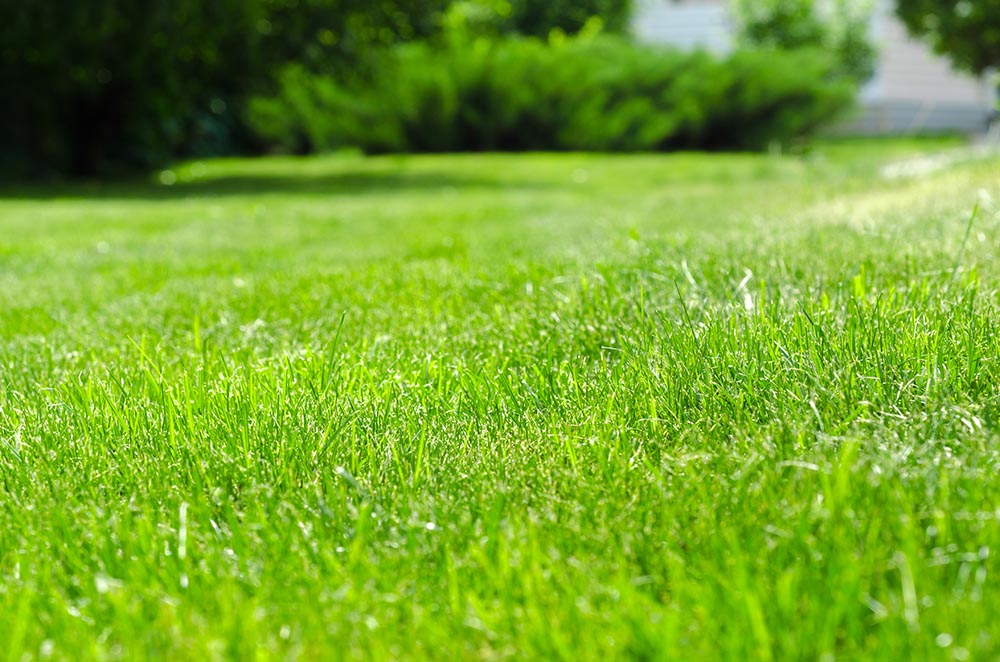The Most Common Warm-Weather Lawn Diseases in Kansas City
Warm weather is for long bike rides, playtime in the park, enjoying picnics with family and friends, and baseball games. It’s also the time when patch lawn diseases become more noticeable in Kansas City yards.
The patch diseases may affect warmer season grasses, such as Zoysia, Centipede, St. Augustine, and Bermuda. Each of the diseases is found in parts of the U.S. where the weather becomes humid and hot. While it may be too late for you to prevent these diseases from occurring, there’s still time to help your lawn recover. Learn more about various patch diseases and how they affect your grass here.
Large Patch Lawn Disease
The ideal conditions for Large Patch disease to occur in warm-season grasses include Bermuda, St. Augustine, Centipede, and Zoysia when the weather begins to turn cooler and wet in the latter summer and into the fall months. Sometimes Large Patch, referred to as Brown Patch, remains active from the late part of summer until spring, when grasses grow slowly and prepare to go into a dormant state for winter. Many times, symptoms will go on unnoticed until the next spring when the lawns begin to start coming out of the dormant state.
You will most commonly see Large Patch disease when soil temperatures reach 70 degrees and during long periods of rain and overcast weather. In the beginning of this disease, the blades of grass will turn a reddish-brown color and large patch areas will start to develop that turn a yellow-brown shade. You will know the disease has reached its higher level of activity when the outer edge of the patch has a noticeable orange or red color.
The damage resulting from Large Patch can last a long time. Infection begins when growth is slow and sometimes, it will recover when hotter weather arrives. It can be controlled with the properly timed application of a fungicide specifically made to treat Large Patch. It’s best to work with the professionals for effective treatment.
Take-All Root Rot Lawn Disease
This can cause issues for most of the warm-season turfgrasses. Before, this disease went by several other names including (grass name) and then “decline.” This means Centipede grass decline, etc. It is the top disease to affect St. Augustine Grass, too. Similar to the Large Patch disease mentioned above, this problem is common in wetter areas with either hard, compacted soils or sandy soils.
When this disease occurs, the patches appear as regular or irregular circles. The symptoms being the blades of grass turning yellow to light green. The stolons may turn black and start to rot. Many people confuse this condition with other issues, such as parasitic nematodes. If you don’t take action to control of your Kansas City pest control problems, the blighted areas are going to get worse and spread to other areas.
Call the Professionals for Help
If you suspect these diseases in your lawn, the best thing you can do is to call Kansas Turfmasters for help. The professionals can help ensure your grass is healthy and that it stays that way.

